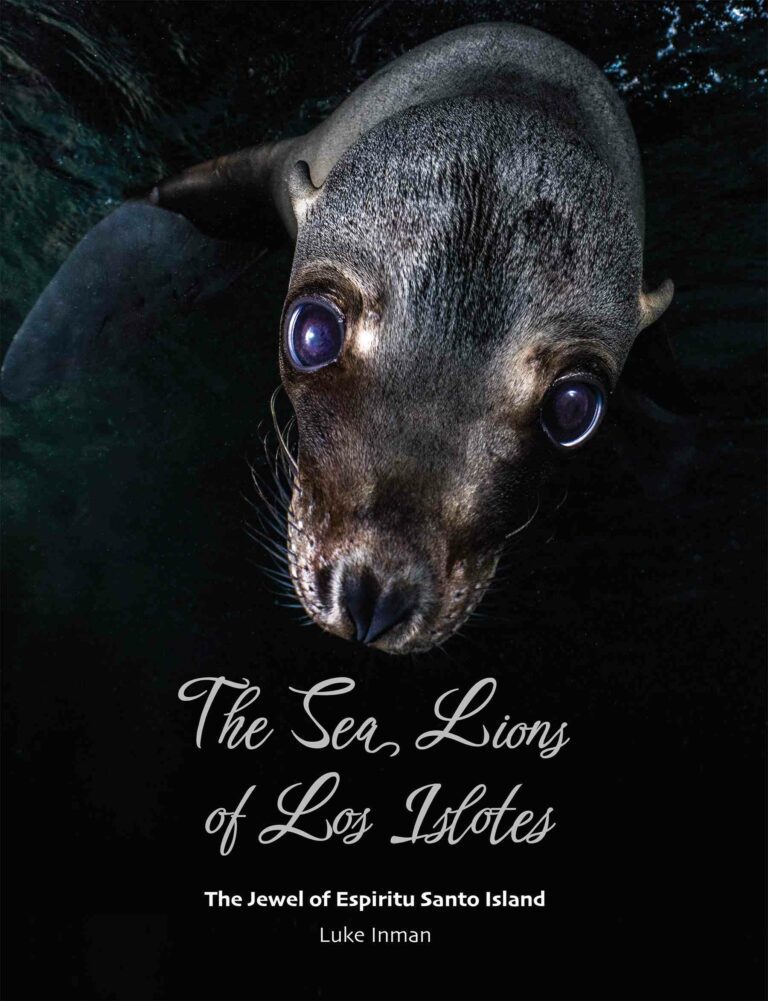- 1) The Sea Lions of Los Islotes: The Jewel of Espiritu Santo Island, by Luke Inman
- 2) Hunt For Gold: Sunken Galleons In The New World, by John Christopher Fine
- 3) Red Sea Marine Life, by Andrey Ryanskiy
- 4) Salvamar II: Diving For Deep Russian Gold, by Dominic Miller
- 5) The Scuba Series: Hardcover Edition, by Simon Pridmore
The Sea Lions of Los Islotes: The Jewel of Espiritu Santo Island, by Luke Inman
Publishers will explain that there are good reasons for not producing a book that’s wider than it’s tall. “Landscape” books won’t fit on your bookshelves as well as portrait-shaped ones, and they’re also technically more challenging and expensive to make.
Sometimes, however, when a book is image-intensive, going landscape can solve problems. The only pity about The Sea Lions of Los Islotes, which is primarily a book of photography, is that it had to be produced in a portrait format.
That’s because so many of the wide-angle pictures are stretched right across the spread, often with the sea-lions in the centre with their bodies folded into the deep gutter.
This kept distracting me as I read through what is otherwise a very nice book. The relatively few words are predominantly factual, so it doesn’t take long to read – if you then want to browse back through the pages, it would be to enjoy the images.
Having become used to the procession of facts, it was a pleasant surprise three-quarters of the way through the book to reach Luke Inman’s account of underwater interactions with his beloved sea-lions. This injected some by-then needed personality and passion into the proceedings. I would have welcomed more of this, especially towards the start of the book.
The author makes a living taking people diving around Baja California in Mexico with his instructor development centre the Dive Gurus, so it’s understandable that he wants to share the joy of diving with pinnipeds, and this book is a good way of doing it.
And it will make you long to get a bit of the action for yourself – it would take a stony-hearted diver not to relish the idea of sea-lion encounters like this.
This is apparently a second edition; I must have missed the first. The images themselves are good, especially the close-up portraits and those reflecting freediver-animal interactions. You’ll learn just enough about sea-lions and this book certainly has gift potential.
Dived-Up, ISBN: 9781909455498, Paperback, 136pp, 19x25cm, £25
Hunt For Gold: Sunken Galleons In The New World, by John Christopher Fine

Robert “Frogfoot” Weller is an elderly Florida treasure-hunter, and he clearly loves to reminisce. Author John Christopher Fine is right at home in this sort of territory and counts many such US diving pioneers among his friends. He must have sensed gold in Weller’s memory-banks – just switch on the recorder, get him started on his life-story and he’s off like a train.
Or so I imagined while reading this book, the first long section of which consists of Weller’s memories, tumbling out in staccato sentences.
Which is fine, though a little more filtering wouldn’t have hurt. Weller throws out names and places that are familiar to him, he repeats himself, he goes off at tangents – I went with it, but setting more of this outpouring in context might have stopped me wondering: who is he on about now, and where is this book going?
The background does come, however, in Hunt For Gold’s middle section. This is a primer for divers hoping to find treasure for themselves, but also setting out the wall of obstacles in their way – at least in Florida, where the treasure-hunting king Mel “Atocha” Fisher and his contemporaries seem to have sewn things up with the authorities many years ago.
Much of the diving is on umbilicals in shallow water, using sand-blowers to reveal precious metals, jewels, pistols, anchors, cannon and anything else that survived from three great 18th-century Spanish fleets blown to their doom off the state. Sometimes silver coins are simply the small change as major treasures come in thick and fast, though there are plenty of fallow periods too.
There’s a real Gold Rush spirit about the book as the characters revel in grabbing whatever they can, though many also seemed generous in helping others find their own fortunes.
Of course, maritime archaeologists might seethe at this cavalier approach to excavation being celebrated at length, but they don’t get much of a look-in here, and that was 20th-century underwater treasure-hunting for you. How many divers can honestly say they wouldn’t have wanted to be in Weller’s place as he blasted the sand off yet another piece of Spanish gold?
The last third of the book is a bit of a jumble, talking to or simply describing a range of treasure-hunters of varying reputation, many of whom worked with Weller. Most interesting is the biggest name, the late and famously grouchy Bob Marx, and he didn’t really respond to questions – he just talked. The author takes what he’s given and reproduces his words, his approach throughout the book.
Hunt For Gold finally peters out as Fine visits a couple of emporiums that sell items recovered, repurposed or reproduced from the sea, which I could have done without. The book might have benefited from a tighter focus, but I enjoyed reading it anyway because I never knew what was coming next. Not solid gold but definitely very shiny!
Pineapple Press, ISBN 9781683343219, Hardback, 272pp, 15x24cm, £22.99
Red Sea Marine Life, by Andrey Ryanskiy

I’m not saying Andrey Ryanskiy is competitive, but his claim for this Red Sea marine-life ID guide is that in terms of species it is “triple Debelius or double Lieske-Myers”.
In other words he is staking his claim against “the establishment”: Helmut Debelius’s Red Sea Reef Guide, which first appeared 25 years ago, and Ewald Lieske & Robert Myers’ Coral Reef Guide Red Sea from around 2004, and making the point that it‘s been a long time since a field-guide to this popular diving destination was published. His new contribution certainly does seem to sharply outnumber his competitors’ tally of fish, corals and nudibranchs.
Of course, it isn’t just about numbers of species but quality of imagery, detail, depth of description, usability and so on. That said, if you the diver spot something under water in the Red Sea, there’s a good chance that you’ll also find it in Ryanskiy’s guide.
We’ve used his guides for years now and they are consistent – stripped-down and functional, they won’t make you swoon but they do the job. The images are small but good and sharp, and the author makes no great claims for the amount of info in the captions – this is essentially a quick visual and naming guide.
In raw numbers, Red Sea Marine Life is comprehensive: 2,900 colour photos of more than 2,100 species, including more than 810 fish, 250 corals and related cnidarians and almost 350 nudibranchs and sea slugs.
Ryanskiy says he came across the many newly discovered and often unnamed species included while diving to research the guide, as well as well-known western Pacific species not previously associated with the Red Sea.
Ryanskiy’s other Reef ID books cover mainly Coral Triangle and Indo-Pacific species. He is dedicating at least 20% of royalties from this new book to Ukrainian charity.
“Me and my wife Irina were lucky to live abroad, here in Egypt, when the war started,” he told me. “But we have many friends and relatives in the Ukrainian territory, we are helping them and we shall continue this support no matter what books are published and how much we earn.”
Andrey Ryanskiy Reef ID Books, ISBN 9798986828701, Paperback, 303pp, 16x23cm, US $42.88 (Kindle $24)
Salvamar II: Diving For Deep Russian Gold, by Dominic Miller
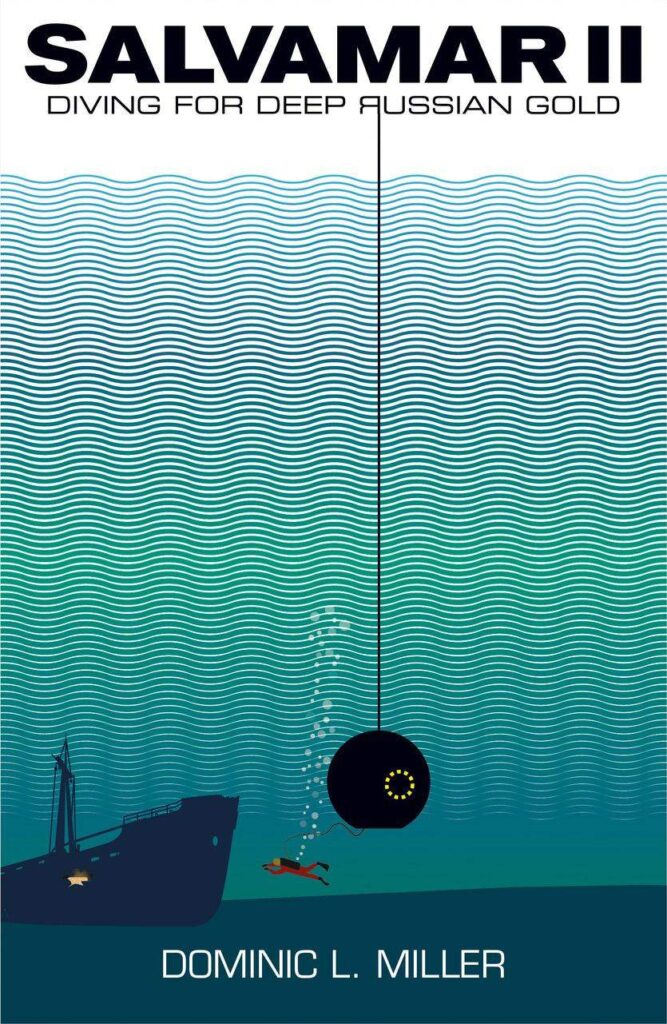
I finished reading this new novel, glanced at the back cover and noticed a quote from my review of the author’s prequel Salvamar: A Tale Of Salvage & Deep Diving, describing it as “an entertaining read”. So it had been, although reading the whole of that review would show that I had mixed feelings about Dominic Miller’s writing style on that first outing.
I’m pleased to say that those doubts are largely overcome in Salvamar II, which shows a far more refined and confident approach, a sense of pace and, most importantly, tighter focus on the subject.
The author’s boundary-pushing commercial-diver uncle Brian is that subject, and he’s an underwater chancer whose swagger and charm are again to the fore in the 1980s adventures recounted here.
Salvamar left us with Brian Worley, having hard-won a reputation as a saturation diver, in a bad way after decompression illness struck on a South American assignment that went wrong.
Having eventually regained his health but with doubts about his future diving career, he starts back in the relative shallows on his pet shipwreck in the Thames, seeking to recover its treasures with his mate Bill, and setting the tone for the book with his outlaw attitude.
The bulk of the novel is about a sat-dive WW2 gold bullion recovery in Norwegian waters, and if Dominic Miller lacks first-hand experience of arduous missions of this sort you wouldn’t guess it – he has picked many commercial divers’ brains, including a number of those who dived with “Magic” Brian, to paint a convincing picture of life in a bell.
“Based on true events and inspired by others”, it isn’t clear just how much of the plot is fictitious, and probably best we don’t know. I like the reminder at the start of the book that all underwater finds should be reported to the Receiver of Wreck, advice that would have made Uncle Brian smile.
Scuba this isn’t, but it’s fun throughout and I don’t think you even need to have read the first book to enjoy this one. Recommended.
Dominic L Miller, ISBN: 9798353191506, Paperback, 220pp, 13x21cm, £13.99 (Kindle £4.99)
The Scuba Series: Hardcover Edition, by Simon Pridmore
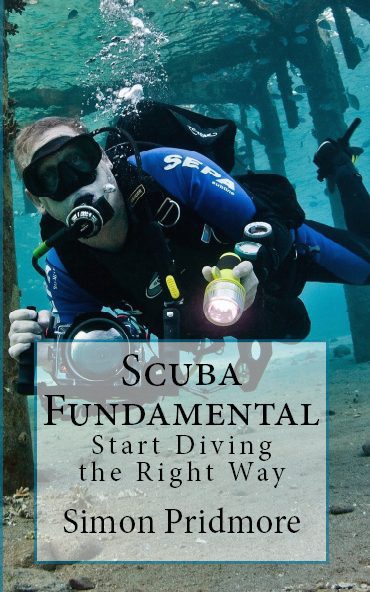
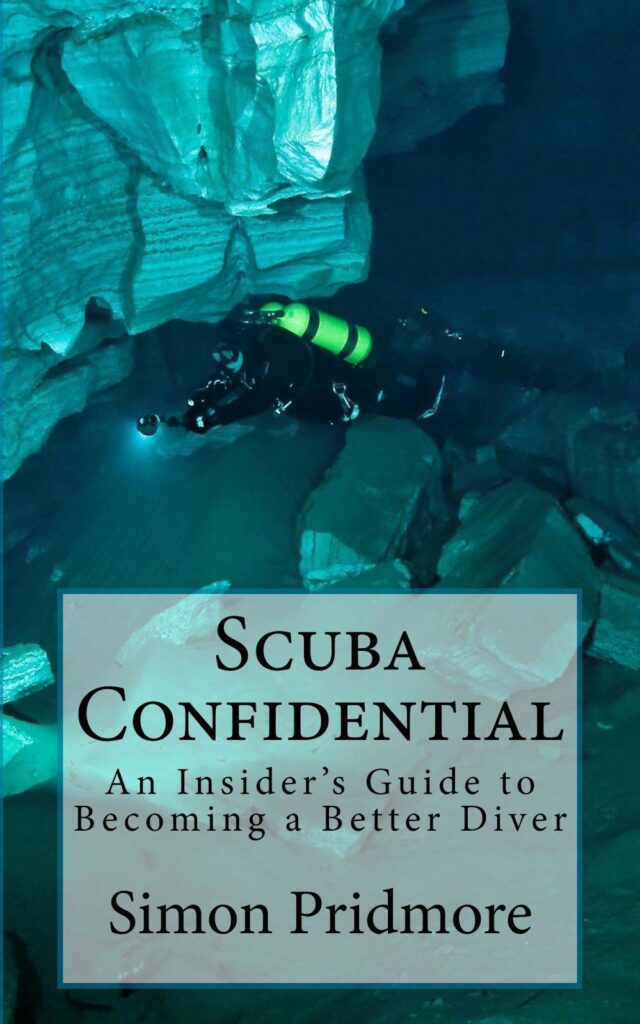

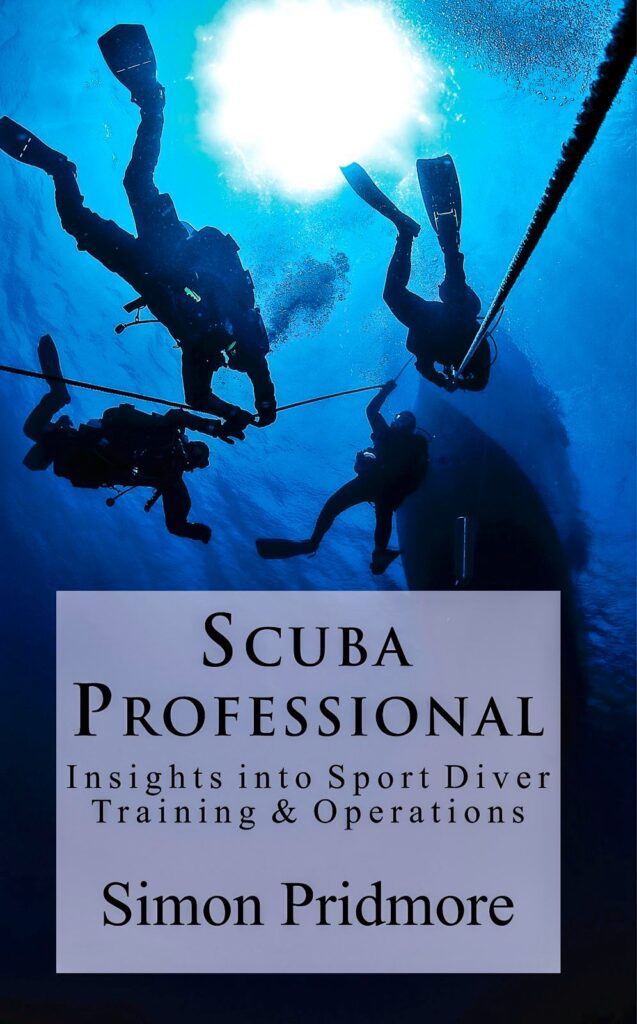
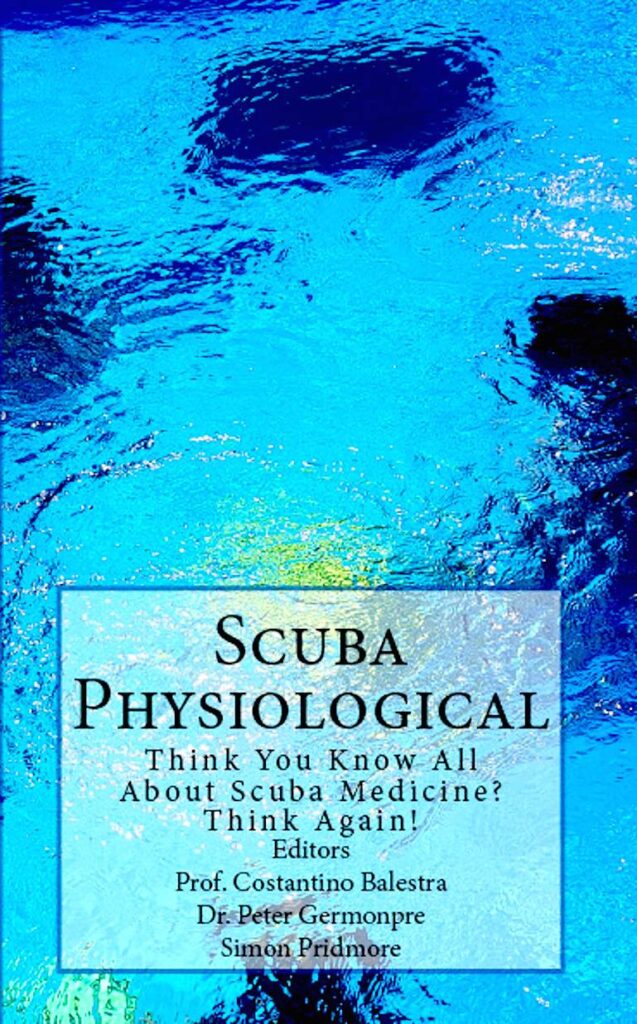
All of Simon Pridmore’s insightful books on scuba technique and general know-how have been positively reviewed for Diver / Divernet over the years, but divers should be aware that five of them have now been repackaged in hardback as The Scuba Series: Hardcover Edition – “designed to broaden awareness, expand knowledge, improve skills and get you thinking about this wonderful sport in more depth”.
Whether you pick one or two books or buy the set, that sounds like a superb Christmas-gift proposition to me. The set comprises Scuba Fundamental: Start Diving The Right Way (for beginners, £16.50); Scuba Confidential: An Insider’s Guide to Becoming a Better Diver (dive like a pro, £19.99); Scuba Exceptional: Become the Best Diver You Can Be (dive even more like a pro, £17.99); Scuba Professional: Insights into Sport Diver Training & Operations (for pros, £18.99) and Scuba Physiological: Think You Know All About Scuba Medicine? Think Again! (health matters, written with two doctors, £16.99). I make that £90.46 for the lot, so under a ton nicely gift-wrapped.
Of course, the books are also available in more economical paperback as well as Kindle and Audiobook editions. However you purchase them, it would be difficult for anyone not to be a better all-round diver after absorbing this lot!
More 2022 Book Gift Ideas on Divernet: 5 New Books For Divers, 6 New Books For Divers
